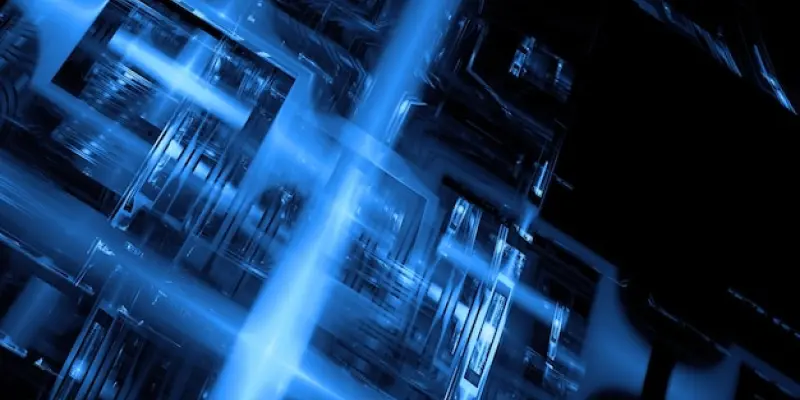In today’s rapidly evolving technological landscape, the demand for reliable, long-term data storage solutions is more pressing than ever. Current methods, such as magnetic-based media, have limitations concerning durability and susceptibility to data degradation over time, known as bit rot. This has paved the way for innovative alternatives, one of which is ceramic-based storage technology. Cerabyte, in collaboration with Western Digital, is at the forefront of this promising development. Ceramic storage uses nanolayers and lasers to etch QR code-like matrices onto ceramics, creating a medium capable of preserving information for over 5,000 years. The possibilities it presents are transformative, offering a durable, maintenance-free alternative that resists heat and corrosion, potentially revolutionizing data preservation processes and setting new benchmarks for digital archiving solutions.
A Strategic Partnership Paving the Way for New Storage Solutions
Cerabyte’s ambition to redefine storage solutions aligns with Western Digital’s expertise and industry influence, setting a strong foundation for a partnership aimed at tackling current archival challenges. The collaboration signifies a commitment to extending the lifespan of stored data beyond what traditional methods can offer. Unlike magnetic-based media, susceptible to bit rot and requiring continuous updates to maintain data integrity, ceramic storage is poised to offer a sustainable and robust solution. A recent demonstration of the ceramic nanolayer technology at temperatures as high as 250°C exhibited its capacity to prevent data loss under extreme conditions, showcasing its potential as a reliable archival strategy. This partnership is not only forward-thinking but also essential, as it seeks to develop an affordable, scalable method to meet the burgeoning data storage requirements of various industries, fostering innovations that may ultimately redefine standard practices in digital archiving.
Prospects and Challenges in Implementing Ceramic-Based Storage
Ceramic storage’s potential is significant, but several factors impact its integration into mainstream storage solutions. Crucial among these is technological readiness for mass production; efficient scaling will dictate its reach in sectors seeking long-term preservation. Addressing uncertainties surrounding adoption timelines is essential, as the technology offers substantial benefits, yet stakeholders require clarity on commercial availability. With Western Digital backing the initiative, the focus shifts to how soon ceramic storage can transition from concept to market-ready product. Cost-effectiveness will be pivotal; industries will assess its financial viability against current methods. Analyzing its performance, durability, and long-term savings may persuade decision-makers, ensuring ceramic storage not only stands out technically but becomes a practical option for modern data preservation. This innovative storage underscores ongoing efforts to remedy current data archiving weaknesses, and its development promises reliable data preservation, potentially transforming the digital information storage landscape despite existing challenges.

